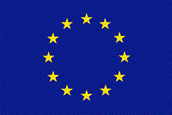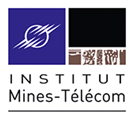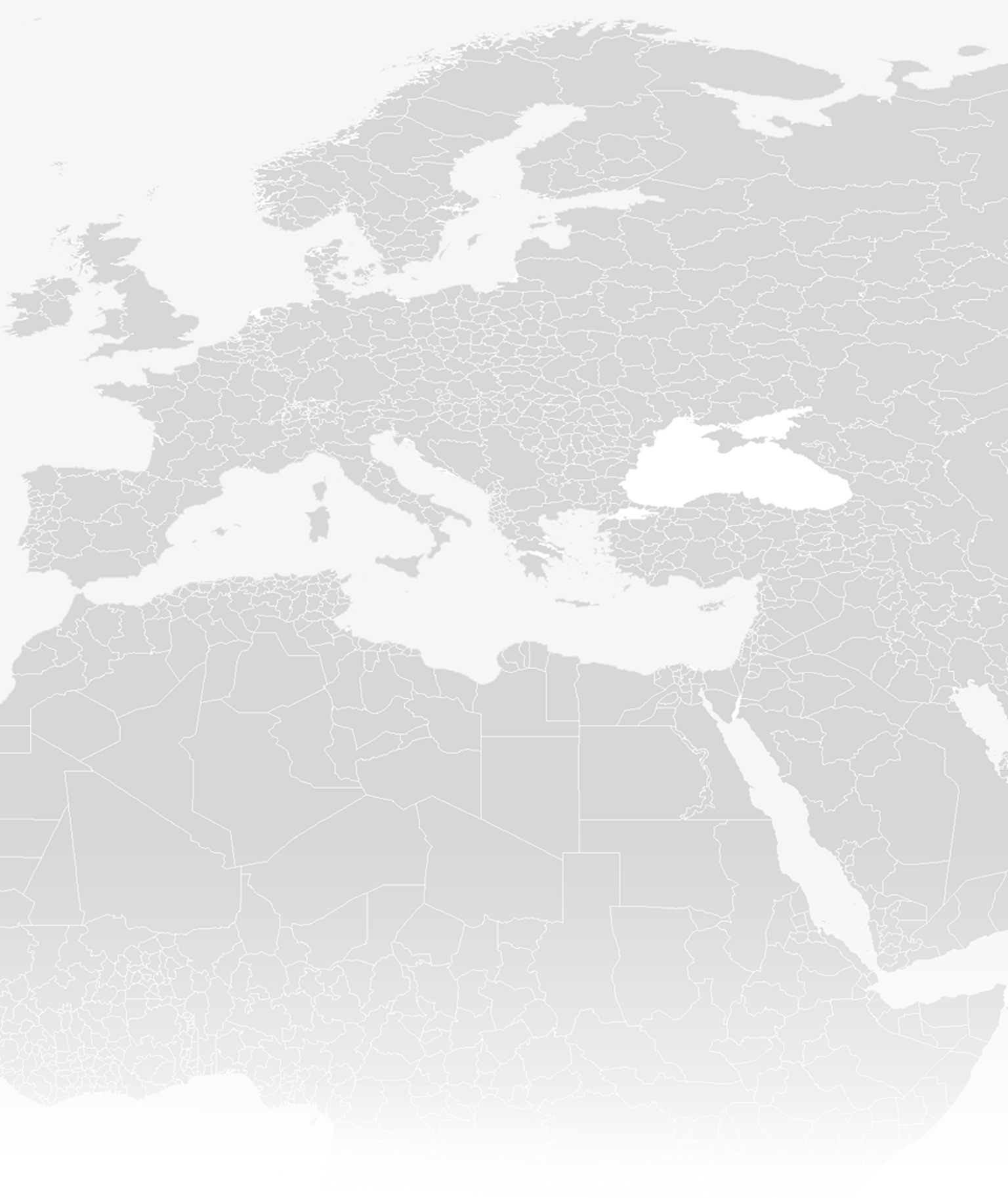

This project has received funding from the European Union Framework Program for Research and Innovation (SC5-18a-2014) under grant agreement nº 641538

Institut Mines-Telecom / Telecom Bretagne (IMT) (France)
Telecom Bretagne is an Engineering School, part of the French “Institut Telecom”.
Télécom Bretagne is divided in department for administrative and teaching goals, but its
research teams belong to the UMR CNRS LabSTICC (LABoratoire en Sciences et
Techniques de l'Information, de la Communication et de la Connaissance), Télécom
Bretagne is a founding member of this laboratory together with UBO et UBS
(Universités de Bretagne Occidentale et de Bretagne Sud).
The laboratory includes several research teams and up to 300 persons (staff, Post-Docs and PhD students). The motto is “From sensors to knowledge” [« Des capteurs à la connaissance »]. The teams are clustered into three departments: Pôle MOM : micro-ondes et matériaux ; Pôle CACS : communications, architecture et circuits ; Pôle CID : connaissance, information, décision.
The CID (Connaissance/Knowledge, Information and Decision) department of Lab-STICC is devoted to the domains of GMES, data mining and decision aid, as well as man-machine interaction. Structured along 4 research teams (TOMS for Statistical approaches and Monitoring for Environment and Security, DECIDE for Information Systems, data mining and decision aid, SFIIS for Information and systems security and integrity and IHSEV for Man-Machine interfaces and Virtual Environments), CID promotes trans-disciplinary research axes and programs in order to support and develop a system-level approach. To enforce the collaboration for the Ocean-related research activities, a special axis has been created, ICTO (ICT for OCEAN).
The ICTO transverse axis is built on several of the LabSTICC research teams and its strategic positioning is on first and simplified approach divide in two main domains:
- Applications: a very solid anchoring for insuring a long-term presence on many society topics: environmental protection, risk assessment, natural or man-made disaster, expertise on the maritime domain (halieutic resources, underwater activities, satellite observations ...), etc.
- Methods: our researchers are on top of the devlopment of new processing tools based on advance
methods directly tailored to the above applications. Some of the prospective fields are:
- Very high resolution processing; Spatial resolution: sonar, radar, optics; Spectral resolution: hyperspectral imaging; Temporal resolution: change detection;Modal résolution: multi sensors, multi modalities.
- Innovative sensors and sensor networks: Drones (surface and underwater); Integrated systems for environmental observations; Passive systems, stealth.
Key project participants________________________________________________________
René Garello professor at Télécom Bretagne, Fellow IEEE, head of the transverse program ICTO
(ICT and OCEANS) within the CNRS research unit Lab-STICC. He was born in 1953. He received the
Ph.D. degree in Signal Processing at the Institut National Polytechnique de Grenoble (INPG) in 1981.
From 1982 to 1984 he worked as a Research Associate at Aeronomy Lab, National Oceanic and
Atmospheric Administration (NOAA) at Boulder, Colorado (USA). He joined the Ecole Nationale
Supérieure des Télécommunications de Bretagne (Telecom Bretagne), Brest, France in 1985. In 1988 he
became Professor in this engineering school in the field of signal processing and image processing and in
1995, Prof. Garello obtained his Habilitation (HDR; Habilitation to Supervise Research). His main
research interests lie in Remote Sensing, 2D signal processing, statistical and spectral analysis applied to
ocean surface features detection and characterization. For the last two decades, he has worked in the
development of signal and image processing tools for the interpretation of radar signals and the extraction of sea surface features, either natural (wind, waves, currents) or manmade (ships, pollution). These
application fields were supported by several European projects and industrial contracts. Prof. Garello has
authored or co-authored more than 40 papers, a hundred and thirty conference communications and three
books. He had supervised more than 30 PhD students. At Telecom Bretagne, Prof. Garello was the head
of the research team TOMS (Traitement, Observation et Méthodes Statistiques – Processing,
Observations and Statistical Methods) within the CNRS unit Lab-STICC before creating the ICTO (ICT
for Ocean) program. For all his works, Prof. Garello was elevated to the grade of Fellow of the IEEE,
class of 2006, “for contributions to signal processing applied to remote sensing of the ocean”. He received
the OES Service Awards in 2006 for developing and implementing the two OCEANS conference policy.
In 2012, Prof. René Garello was elected President of the IEEE OES for a two year term. Key role on the
project: Staff working for the beneficiary – Responsible for the Marine network contribution to the
ENEON.
Overview
Objectives
Participants
CREAF
Tiwah
CNR
IIASA
CMCC
52º North GmbH
S[&]t Corporation
ICM
BIRA
ARMINES
NILU
EXETER
Institut Mines-Télécom
IEEE
EARSC









